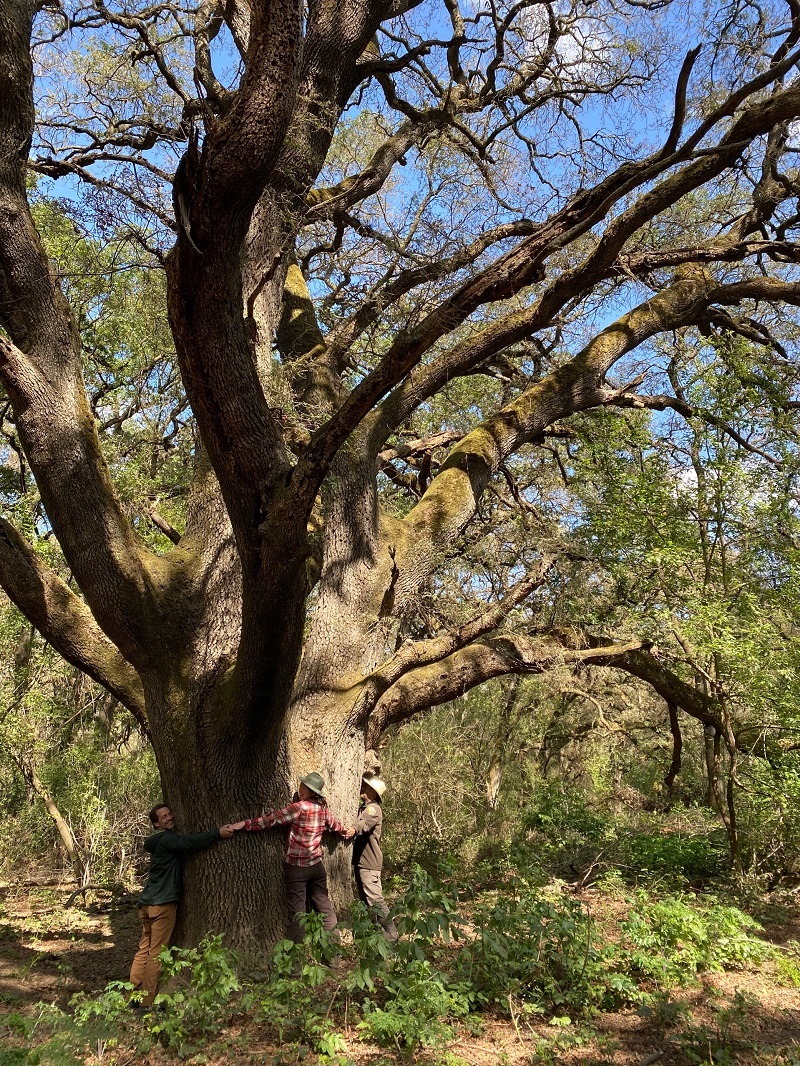Long-time CNDDB users know that the CNDDB is California’s Natural Heritage program, part of an international network of similar programs across the US and Canada called NatureServe. For nearly 50 years, NatureServe has been the authoritative source for biodiversity data throughout the Western Hemisphere. Collectively, NatureServe works closely with the 60+ network programs to aggregate, analyze, and deliver biodiversity information, providing comprehensive spatial data to meet regulatory and conservation needs.
Over the past year, NatureServe CEO and President, Sean O’Brien, has been journeying across the US and Canada as part of the NatureServe Van Tour to visit the various NatureServe network programs. The purpose of the tour is to learn about how the network programs and NatureServe can collaboratively achieve shared goals and ultimately achieve great outcomes for species and habitat conservation.
In April, the NatureServe Van Tour arrived at California. The CNDDB joined staff from other CDFW programs and The Nature Conservancy to provide a tour for Sean of Cosumnes River Ecological Preserve. We even made the news!

Photo credit: Katie Ferguson, CDFW
It took 5 people to completely hug this beautiful valley oak named “The Mother Tree” at Cosumnes River Ecological Preserve.